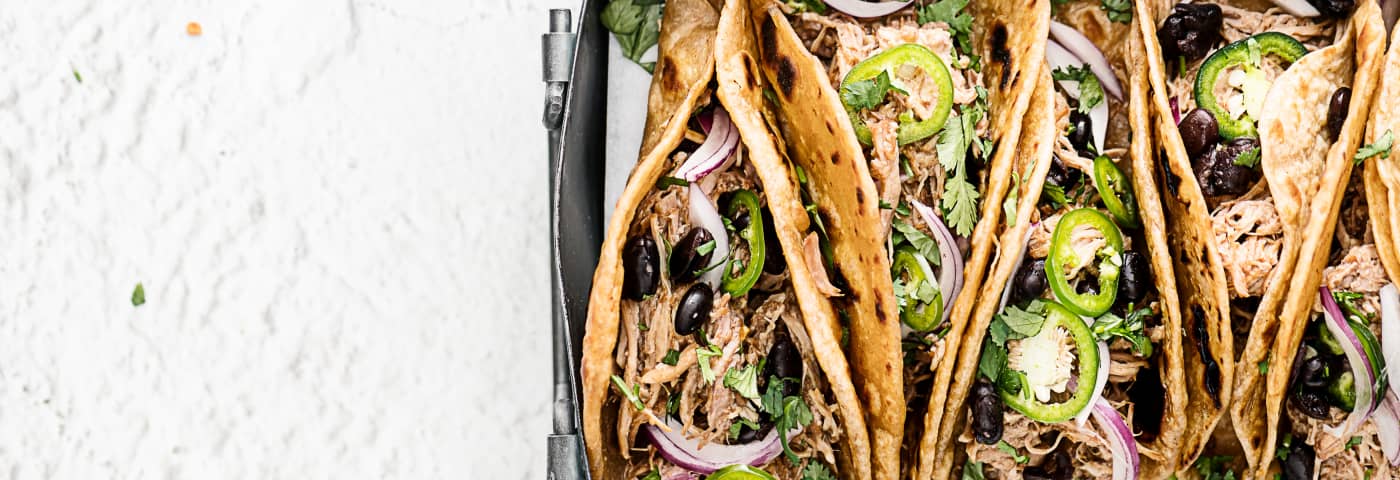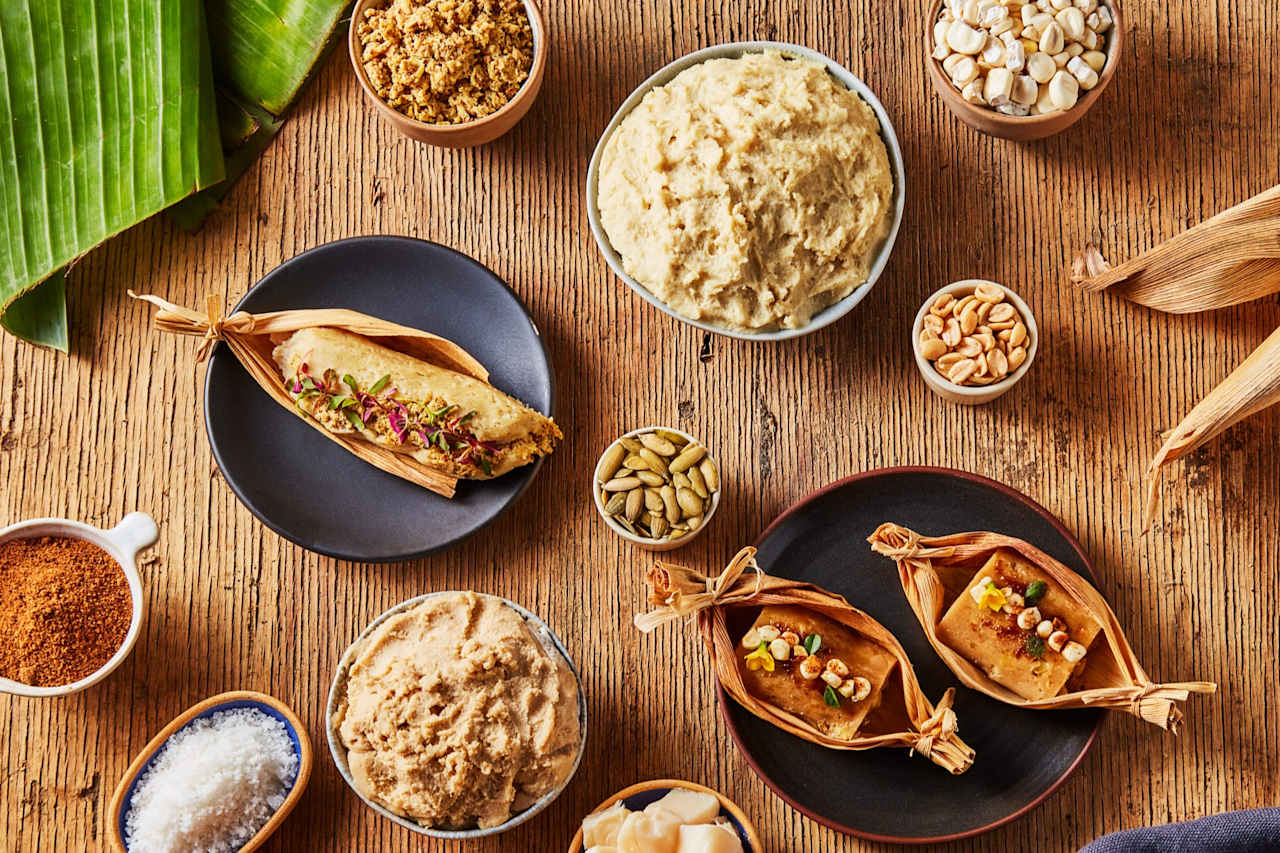
With its vibrant colours and spicy flavours, Mexican cuisine is perfect for hosting summer get-togethers. Try out new recipes and connect your guests to the land of aqua blue waters, palm tree-lined beaches, snowy volcanos, and ancient civilisations.

1. Enchiladas - the word comes from “enchilar” which means season with chilli pepper. Enchiladas are baked tortillas that can be filled with different ingredients like cheese, meat or fish and dipped in a chilli sauce. Sometimes enchiladas are topped with ingredients like beans or onions.
2. Tacos - probably one of the most well-known Mexican dishes, they are made with corn or wheat tortillas that are stuffed with ingredients like beef or pork, chicken, vegetables, or cheese, among others. They are usually garnished with guacamole, salsa, chilli, tomato, onion and chopped coriander.
3. Tamales - made from maize flour, tamales consist of a paste (masa) with a filling, that can be savoury or sweet. They are steamed in corn or banana leaves.
4. Pozole - an aromatic cross between a stew and a soup made with corn and meat, normally pork. It is garnished with lettuce or cabbage, avocado, and seasoned with garlic, chilli peppers and salsa or lime.
5. Mole - a traditional Mexican sauce that can be served with chicken, turkey, or enchiladas, for example. It is a mixture of many ingredients: chilli peppers, various vegetables, fruit, spices, herbs, nuts, and more. As a result, moles come in several shades and colours. The most popular recipe is the mole poblano made with chocolate.
• Mexican gastronomy was recognised as an Intangible Cultural Heritage of Humanity by UNESCO in 2010. Its cuisine is a true cultural model that embraces a range of aspects, from agriculture to culinary techniques and even ancestral community customs.
• For centuries, Mexican farmers have maintained the tradition of growing corn, and today there are still many unique varieties of corn grown in Mexico.
• For ancient cultures, insects played an important role in Mexico’s culinary traditions, and they are still consumed in some regions today.
